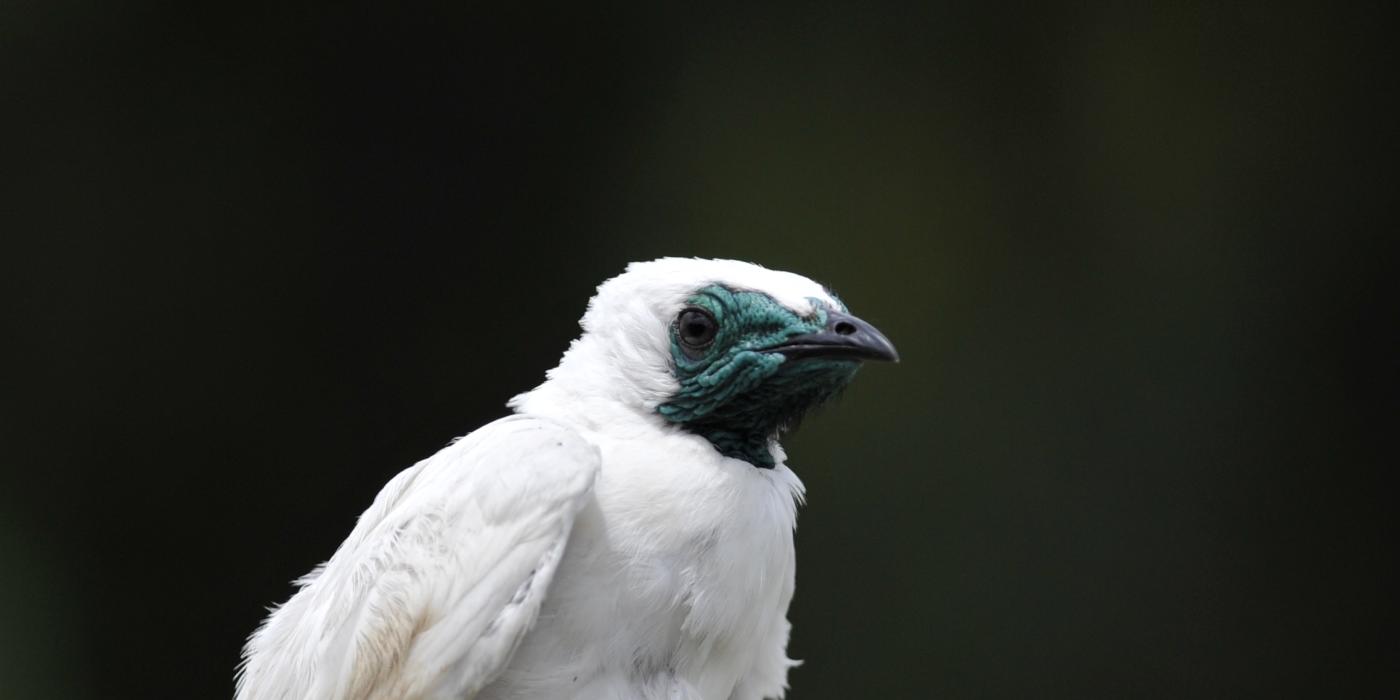South American Birds
This project is no longer active. Please contact us with any inquiries.
Smithsonian Migratory Bird Center scientists study the movements of intra-tropical migratory birds, which are birds that spend their entire lives in the tropics and yet have distinct areas they move between at different times of the year.
Very little is known about where and why birds migrate at tropical latitudes, as well as what the risks to survival are during such movements. Answers to such issues will provide vital information necessary to understanding the types of threats that these intra-tropical migrants are at greatest risk from, and how to best conserve them.
SMBC scientists specifically focus on the bare-throated bellbird, which migrates within the Atlantic Forest of southeastern South America. This charismatic species has suffered significant population declines due to the illegal pet bird trade. Another bird whose migration the researchers study is the snail kite.
The South American population of this species migrates in large numbers from southern Brazil northward, though no one yet knows where those birds spend the winter. There is still no information on whether global population numbers of this species are stable or changing.
SMBC ornithologists study bellbirds and kites in Rio Grande do Sul State, Brazil. This research is in conjunction with the lab of Carla Fontana at the Pontificia Universidade Católica do Rio Grande do Sul and the lab of Leandro Bugoni at the Universidade Federal do Rio Grande. Field work began in October 2016 and is ongoing.
By using satellite transmitters attached to 10 to 12 individuals, including both bellbirds and kites, the researchers will describe migratory timing, routes and locations of stopover sites used by each species. Bellbirds and kites are captured during their breeding season (October to December), satellite transmitters are deployed and various measurements, such as weight and wing length, are collected.
Utilizing several climate data sets, scientists characterize the environmental parameters, such as rainfall, that each species encounters throughout the year. Using movement ecology models, the birds' movements are analyzed to understand the mechanisms determining migratory patterns in different seasons. Habitat occupancy is evaluated by overlaying the position data of each bird onto satellite imagery that depicts the habitat they are using, such as forest or water cover. Finally, researchers identify the time of year that represents the greatest risk to survival for these birds.
Currently, very little is understood about the annual cycle of migratory birds that breed and migrate wholly within South America. Increasing threats to these birds' survival, such as urbanization, hunting and pesticides, combined with a lack of information about their annual cycle makes migratory bird research an urgent issue to address.
This study is made possible thanks to funding from Aramco.












